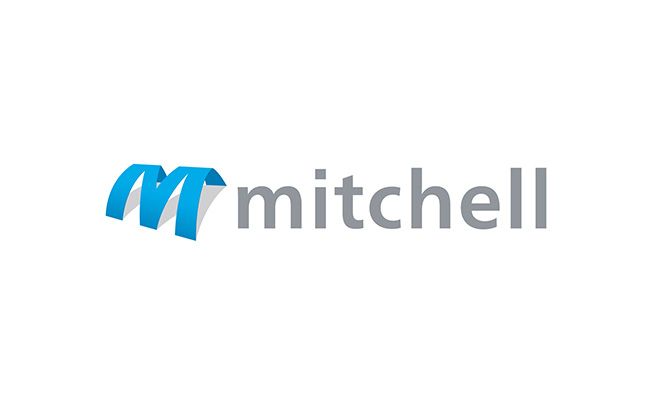CXOne Personal Connection
- Introduction
- Why Scalability Matters in the Contact Center
- Core Components of a Scalable Contact Center Architecture
- Best Practices for Scaling During Peak Events
- Use Cases by Industry
- Challenges and Mitigation Strategies
- Persona-Based Benefits
- Key KPIs for Scalability
- Security and Compliance at Scale
- Scalability Testing Checklist
- Final Thoughts
Introduction
Spikes in contact center volume are inevitable—whether driven by seasonal surges, product launches, service outages, or crisis events. Legacy infrastructure often struggles under these conditions, resulting in dropped calls, long wait times, degraded service quality, and compliance risk.To meet modern customer expectations and protect SLAs, NiCE enables clients to build scalable, cloud-native contact center architectures that dynamically absorb spikes, reroute traffic intelligently, and maintain business continuity under pressure.This guide outlines the architectural principles, technologies, and strategies for designing a resilient, elastic contact center that thrives under peak load.Why Scalability Matters in the Contact Center
1. Absorbs Demand Surges Without Degradation
During peak periods, volume can increase 3x–10x normal levels. Elastic infrastructure ensures availability and quality across every channel.Example: A retail brand handles Black Friday without dropped calls or bot slowdowns by auto-scaling compute and routing across distributed regions.2. Preserves SLA and CX Consistency
Performance expectations don’t drop when volume spikes. Scalable systems ensure customers receive the same level of service, even during surges.Example: Chatbots and voice IVRs remain responsive under load, deflecting 40–60% of volume and preserving agent bandwidth for high-value conversations.3. Reduces Risk of Outage or Queue Collapse
With built-in redundancy, load balancing, and failover systems, scalable architectures minimize single points of failure and mitigate the impact of service disruptions.Example: If a data center experiences a delay, calls are rerouted automatically to another region using real-time traffic management.4. Optimizes Resource Allocation Across Time Zones and Teams
Global routing, virtual queues, and workforce mobility enable smart distribution of volume to where capacity exists.Example: A telecom provider reroutes weekend support calls to international BPO partners when domestic capacity hits 90%.Core Components of a Scalable Contact Center Architecture
1. Cloud-Native Contact Center Platform
Built on microservices and container orchestration (e.g., Kubernetes), with auto-scaling capabilities based on usage.Key Features:- Stateless application layers
- Regional failover with DNS-based load balancing
- Horizontal scaling of APIs and media services
- CDN optimization for digital self-service
2. Intelligent Omnichannel Routing Engine
Routes interactions across channels (voice, chat, email, messaging) based on real-time capacity, skill, and urgency.Routing Logic Includes:- AI-based intent classification
- Real-time agent availability mapping
- Prioritization based on customer tier, sentiment, or SLA violation risk
- Callback scheduling when queues are full
3. Elastic Workforce Management (WFM)
Forecasting models integrated with real-time staffing data enable smart capacity deployment across geographies, shifts, and roles.Example: WFM predicts a 3x volume increase and pre-schedules 30% more agents with fallback plans for surge staffing.4. Real-Time Monitoring and Auto-Throttling
Systems monitor queue times, agent load, and API throughput—automatically throttling traffic or redirecting load as needed.Example: Chatbot fallback rates exceed 5%, triggering secondary load distribution to lower-cost agent pools.5. Global Infrastructure Distribution
Redundant cloud regions with geographic traffic steering via:- Anycast DNS routing
- Cloud-native load balancers (e.g., AWS ALB, Azure Front Door)
- Failover priority tiers (active-active or active-passive modes)
Best Practices for Scaling During Peak Events
Use Cases by Industry
Retail & Ecommerce
- Holiday surge handling
- Flash sale or product drop support
- Return policy changes
Telecommunications
- Network outage volume absorption
- Promotional campaign spikes
- Multi-region subscriber support
Healthcare
- Open enrollment demand
- Emergency service routing
- Claims escalation surges
Finance & Insurance
- End-of-month transaction support
- Fraud response volume
- Catastrophic event routing (e.g., storms, economic news)
Challenges and Mitigation Strategies
Persona-Based Benefits
For Contact Center Directors
- Hit SLAs without overspending
- Scale globally while maintaining quality
- Handle PR-sensitive events without outages
For IT & Cloud Infrastructure Teams
- Manage auto-scaling rules, alert thresholds, and failover policies
- Ensure resilience, uptime, and performance SLAs
For Workforce Planners
- Build coverage plans based on forecasted spikes
- Deploy dynamic staffing schedules based on event triggers
For Agents
- Fewer overload scenarios
- Better distribution of workload
- Higher morale and retention during high-stress events
Key KPIs for Scalability
Security and Compliance at Scale
- Elastic encryption infrastructure: TLS 1.3 for all channels, auto-scaled cert rotation
- PII-aware autoscaling: Data residency enforced at region-level
- Rate limiting and bot protection: Prevents abuse during high-traffic windows
- Audit and observability tools: Full visibility into volume, latency, and routing actions
- Data sovereignty: Ensure compliance across GDPR, HIPAA, CCPA, etc.
Scalability Testing Checklist
Before peak periods, NiCE clients should validate:- Load-tested IVR/IVA across anticipated concurrency
- Simulated failover events (network, DB, WEM platform)
- Chatbot fallback workflows
- WFM/Forecasting override logic
- Callback queue depth and retry logic
- Digital CX (app, chat, self-service) performance under strain





